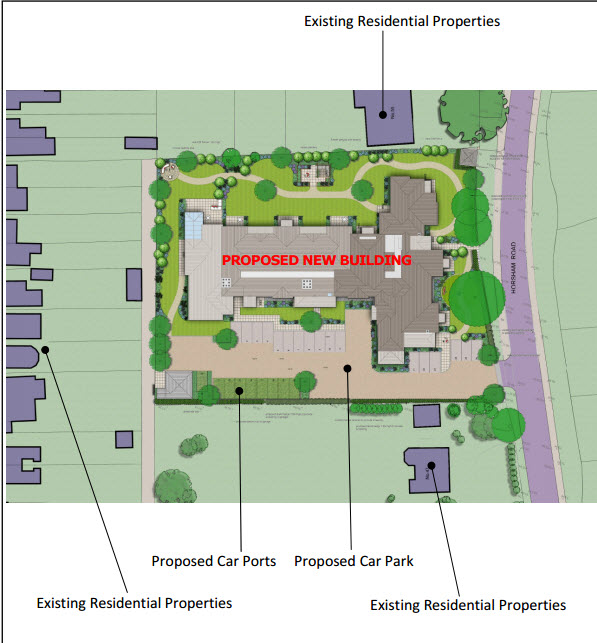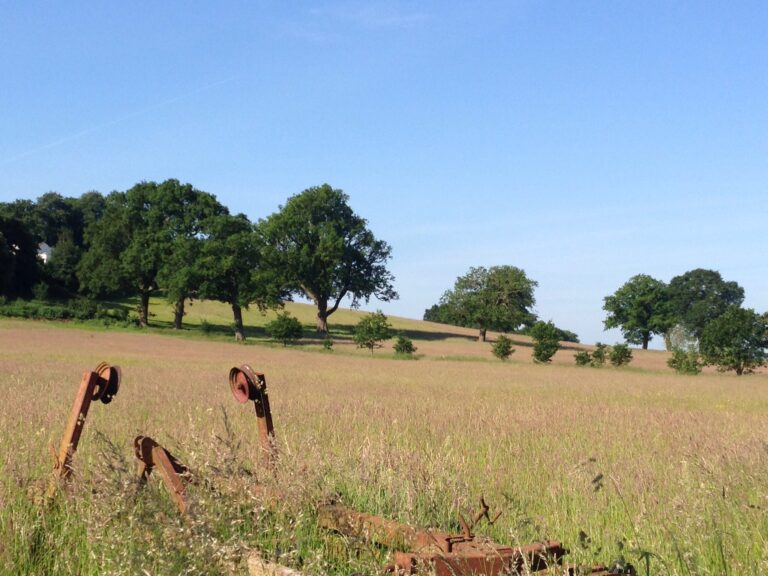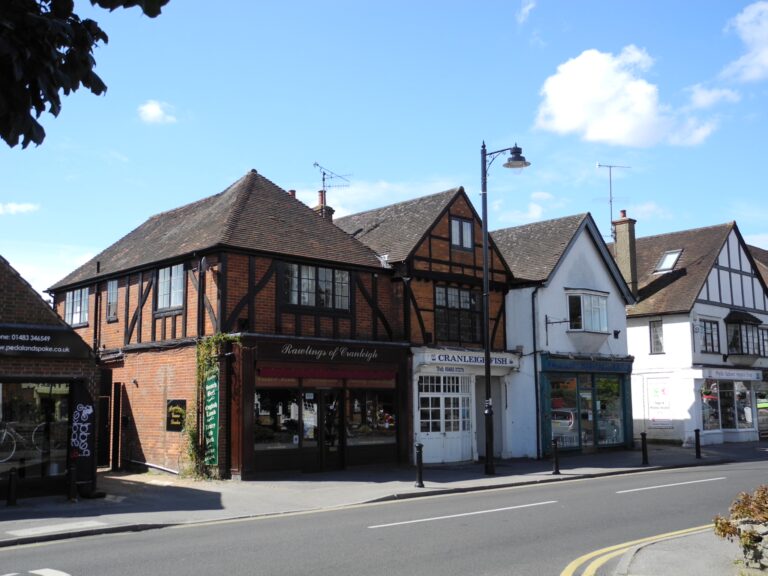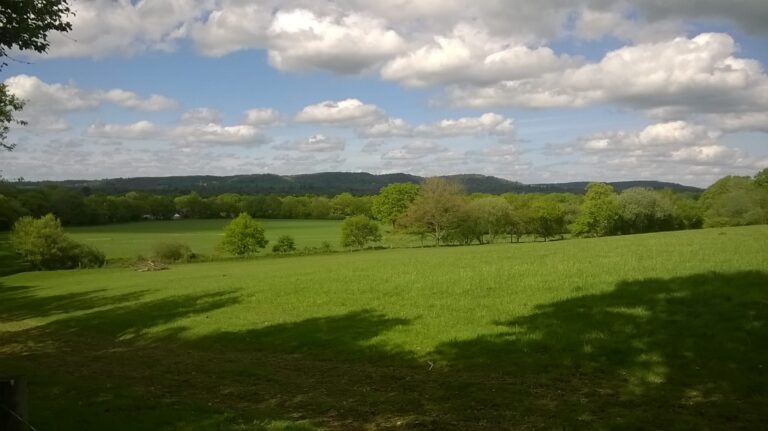Berkeley Homes Appeal
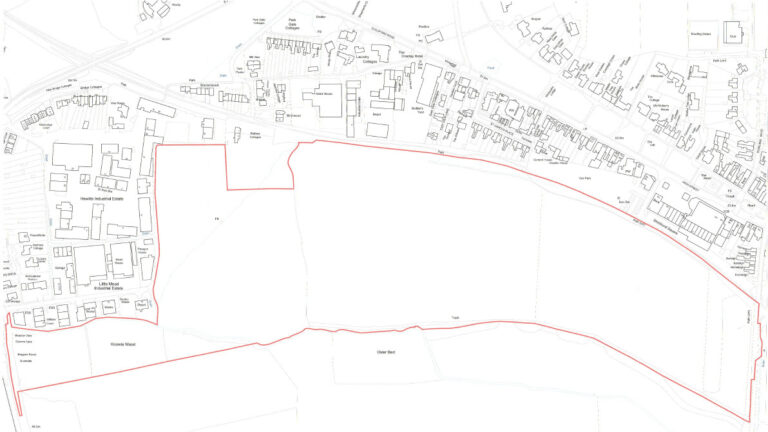
Berkeley Homes has lodged an appeal against the decision by Waverley Borough Council to reject their application for 425 dwellings on a green field site (The Maples) to the South of Cranleigh High Street. This site is the size of…


